For best results print the cards using the Firefox Browser
Cards
(QUICK LINKS: Decks | plants | mammals | birds | | reptiles | fish | cephalopoda | insects | microbe | events
( scientist | project | modifier | technique |)

Field Poppy
Papaver rhoeas


Sorry, there is no photo available. If you have one, please submit
here
.
2 POINTS
Fact: This poppy, a native of Europe, is notable as an agricultural weed and as a symbol of fallen soldiers.
cool, warm
Graphic by Anca Damianankkutza.deviantart.com/
Papaver rhoeas (common names include corn poppy, corn rose, field poppy, Flanders poppy, red poppy, and red weed) is a species of flowering plant in the poppy family, Papaveraceae. This poppy, a native of Europe, is notable as an agricultural weed (hence the “corn” and “field”) and as a symbol of fallen soldiers. P. rhoeas […] read more

Common Minke Whale
Balaenoptera acutorostrata

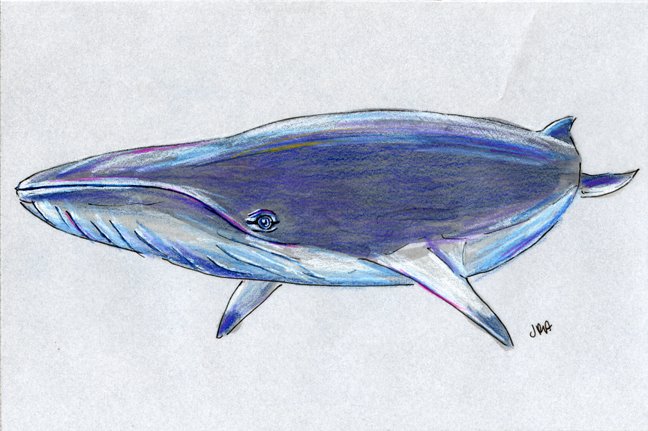
Sorry, there is no photo available. If you have one, please submit
here
.
10 POINTS • Balaenoptera acutorostrata has a MOVE of 3, and requires a KRILL species card for diet. Balaenoptera acutorostrata can grow to 10,000 kg in weight.
Cool
Graphic by Jennifer Rae Kinyakwww.dailymammal.com/
The common minke whale is the smallest of the rorquals, and one of the smallest baleen whales (second smallest only to the Pygmy Right Whale). Except for the dwarf form, length ranges from 7 to 9.8 meters and weight ranges from 5 to 10 tons.[5] On average, females are about 0.5 meters longer than males.[5] Newborns range from […] read more

Cow
Bos primigenius

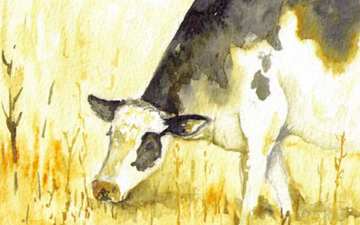
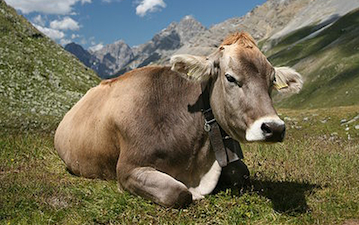
6 POINTS
• Bos primigenius has a MOVE of 1.
Bos primigenius has one stomach with four compartments.
Cool, Warm, Hot
Graphic by Coral Cargillbluecnidaria.deviantart.com/
Photo by Daniel Schwenen.wikipedia.org/wiki/File:CH_cow_2.jpg
Cattle (colloquially cows) are the most common type of large domesticated ungulates. They are a prominent modern member of the subfamily Bovinae, are the most widespread species of the genus Bos, and are most commonly classified collectively as Bos primigenius. Cattle are raised as livestock for meat (beef and veal), as dairy animals for milk and other dairy products, and as draft animals (pulling carts, plows and the […] read more

Garden Snail
Helix aspersa



3 POINTS
• Helix aspersa has a MOVE of 1.
• Helix aspersa is the fastest of all the different species of snails with a top speed of 65 feet an hour.
Cool, Warm
Graphic by inkgal8290inkgal8290.deviantart.com/
Photo by macrophileen.wikipedia.org/wiki/File:Common_snail.jpg
Helix aspersa, known by the common name garden snail, is a species of read more

Long-nosed Bandicoot
Perameles nasuta


Sorry, there is no photo available. If you have one, please submit
here
.
6 POINTS
• Perameles nasuta has a MOVE of 2.
Perameles nasuta digs hole with its paws, but uses its long nose to reach in and gather insects that are hiding or buried.
Cool, Warm
Graphic by Jennifer Rae Kinyakwww.dailymammal.com/
The Long-nosed Bandicoot (Perameles nasuta) is a species of bandicoot found in Australia. It is the largest member of its genus, which also includes the Western Barred Bandicoot, the Eastern Barred Bandicoot and the Desert Bandicoot.[3] The Long-nosed Bandicoot is much less colourful than its relatives, being primarily a brown colour. It is distributed along the eastern coast ofAustralia from Cairns in Queensland to Naringal […] read more

Pacific Sea Nettle
Chrysaora fuscescens

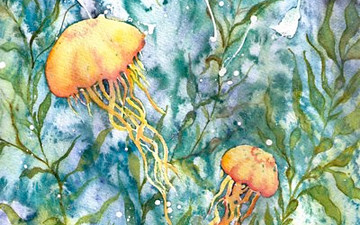
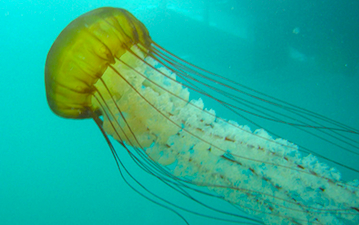
10 POINTS
• Chrysaora fuscescens has a MOVE of 2.
Cool, Warm
Graphic by Coral Cargillbluecnidaria.deviantart.com/
Photo by Ed Biermanen.wikipedia.org/wiki/File:Sea_nettle_%28Chrysaora_fuscescens%29_2.jpg
Chrysaora fuscescens is a common free-floating scyphozoa that lives in the Pacific Ocean, and is commonly known as the Pacific Sea Nettle or West Coast Sea Nettle. Sea nettles have a distinctive golden-brown bell with a reddish tint. The bell can grow to be larger than one meter (three feet) in diameter in the wild, though most […] read more